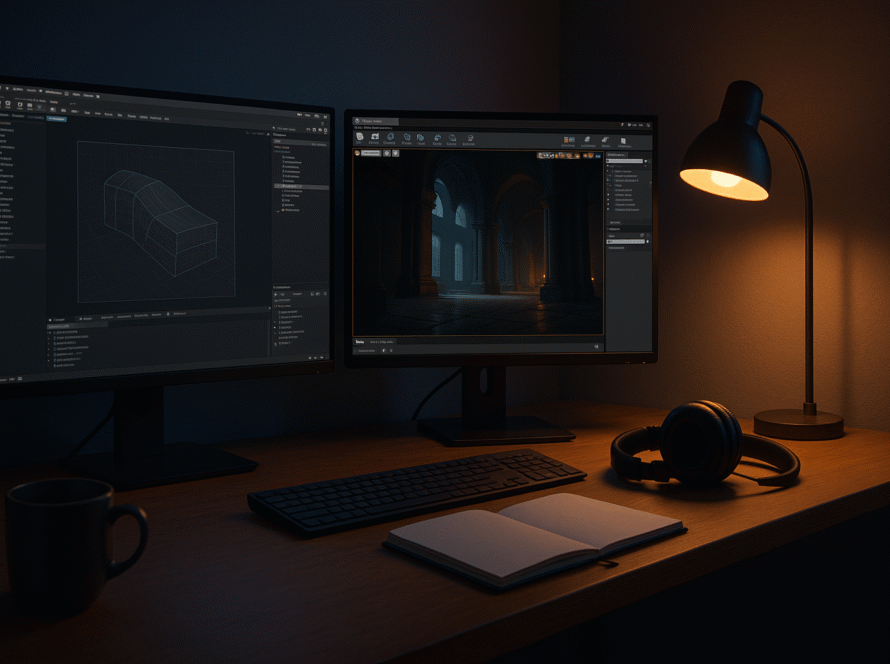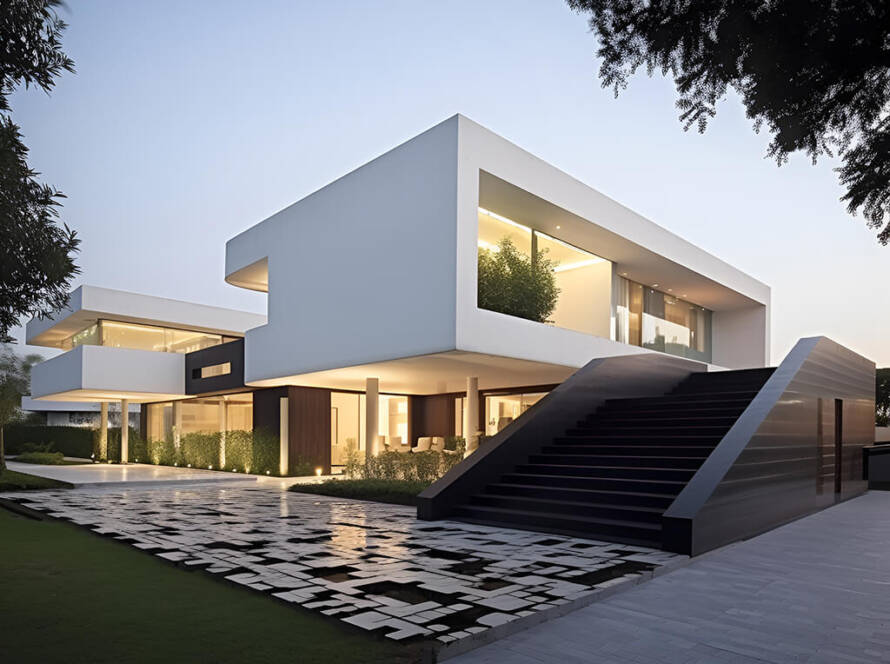From Curiosity to Career: My 3D Journey
Like many artists in the digital age, my story didn’t begin in a classroom — it started with curiosity, passion, and a burning desire to create.
Growing up, I was fascinated by the visuals in games, movies, and architecture. I didn’t know what “3D visualization” was back then — all I knew was that something about those digital environments lit a fire inside me. I didn’t have access to expensive courses or formal design schools, but I did have YouTube, a second-hand computer, and an unstoppable drive to learn.
Learning Through the Wild West of the Internet
My education didn’t happen in a classroom. It happened at 2 a.m. on YouTube, inside forums, Reddit threads, and online Discord communities. I started with Blender because it was free. It looked overwhelming at first — like staring into a cockpit of a jet without any pilot training.
But I took it one day at a time.
- I watched tutorials from creators on youtube.
- I followed challenges on Polycount and ArtStation.
- I made horrible renders — and that was okay.
Every bad render taught me something: about lighting, textures, composition, or how not to crash my system.
Breaking into ArchViz and Game Environments
As I got more confident with Blender, I began exploring 3ds Max and Corona Renderer for architectural work. My renders went from hobby-level to something I could proudly show off.
That’s when I discovered Unreal Engine 5.
It was a game-changer.
UE5’s real-time rendering capabilities blew my mind. I transitioned from static renders to interactive scenes. Suddenly, I wasn’t just creating images — I was building experiences. And people noticed.
I started recreating real-world interiors, modern kitchens, and luxury living rooms — and posting them online. My work gained traction on Instagram, ArtStation, and LinkedIn.
Clients began reaching out.
Getting My First Freelance Projects
I didn’t wait for clients to come knocking with contracts. I went after them.
- I made a killer portfolio website.
- I sent personalized messages to architects, real estate developers, and interior designers on LinkedIn.
- I started small — product renders, interior concepts, and even working on Fiverr and Upwork to build credibility.
Each job improved my workflow, communication skills, and reputation.
And every single project — even the low-paying ones — was a step toward becoming a full-time artist.
Turning the Side Hustle into a Career
After juggling projects and a full-time job for over a year, I made the leap.
I became a full-time 3D artist — no degree, no diploma, no traditional education. Just pure self-taught grind, a strong portfolio, and the courage to believe in myself.
Today, I work with international clients, recreate photorealistic interiors in Unreal Engine 5, and continue to push myself creatively. I also explore automotive design, game environments, and 3D storytelling.
What I’ve Learned (And What You Can Take Away)
- You don’t need a degree — you need discipline.
Show up every day, practice, and keep learning. - Community matters.
Engage with others online. Ask for feedback. Learn from others’ mistakes and wins. - Don’t wait for permission.
Start now. Your first render won’t be perfect, but it will be progress. - Document your journey.
Post on social media. Share your work. It builds credibility, and potential clients love it. - Diversify your skills.
Learn multiple tools: Blender, 3ds Max, Unreal Engine, Corona, Substance Painter, etc. It makes you adaptable and opens up more opportunities.
Final Thoughts
Becoming a full-time 3D artist without formal education isn’t easy — but it’s possible. You need to be your own teacher, your own motivator, and your biggest critic. If you stay consistent, show your work, and never stop improving, the opportunities will come.
If I could do it, so can you.

